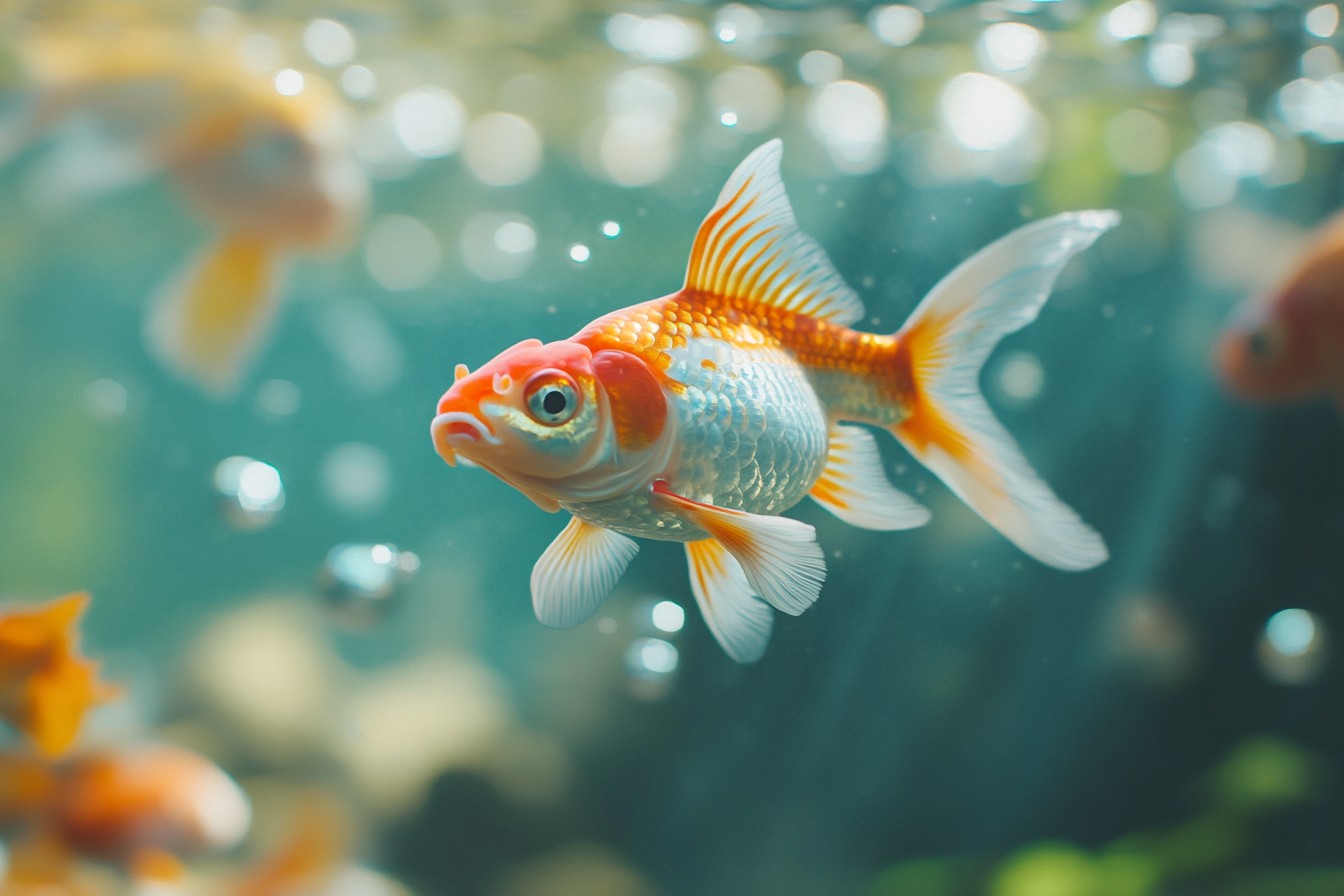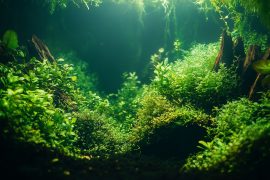My most spectacular aquascaping failure had nothing to do with plants, hardscape, or water chemistry. It was a sunny Tuesday afternoon when I introduced what I thought would be the perfect centerpiece fish to my meticulously designed 75-gallon Southeast Asian biotope. The pearl gourami—a stunning specimen with iridescent spots scattered across his flanks like stars—cost more than I care to admit.
He explored his new home cautiously at first, then with growing confidence as I watched with the pride of a new parent. I left for a quick grocery run, pleased with my addition. I returned to carnage.
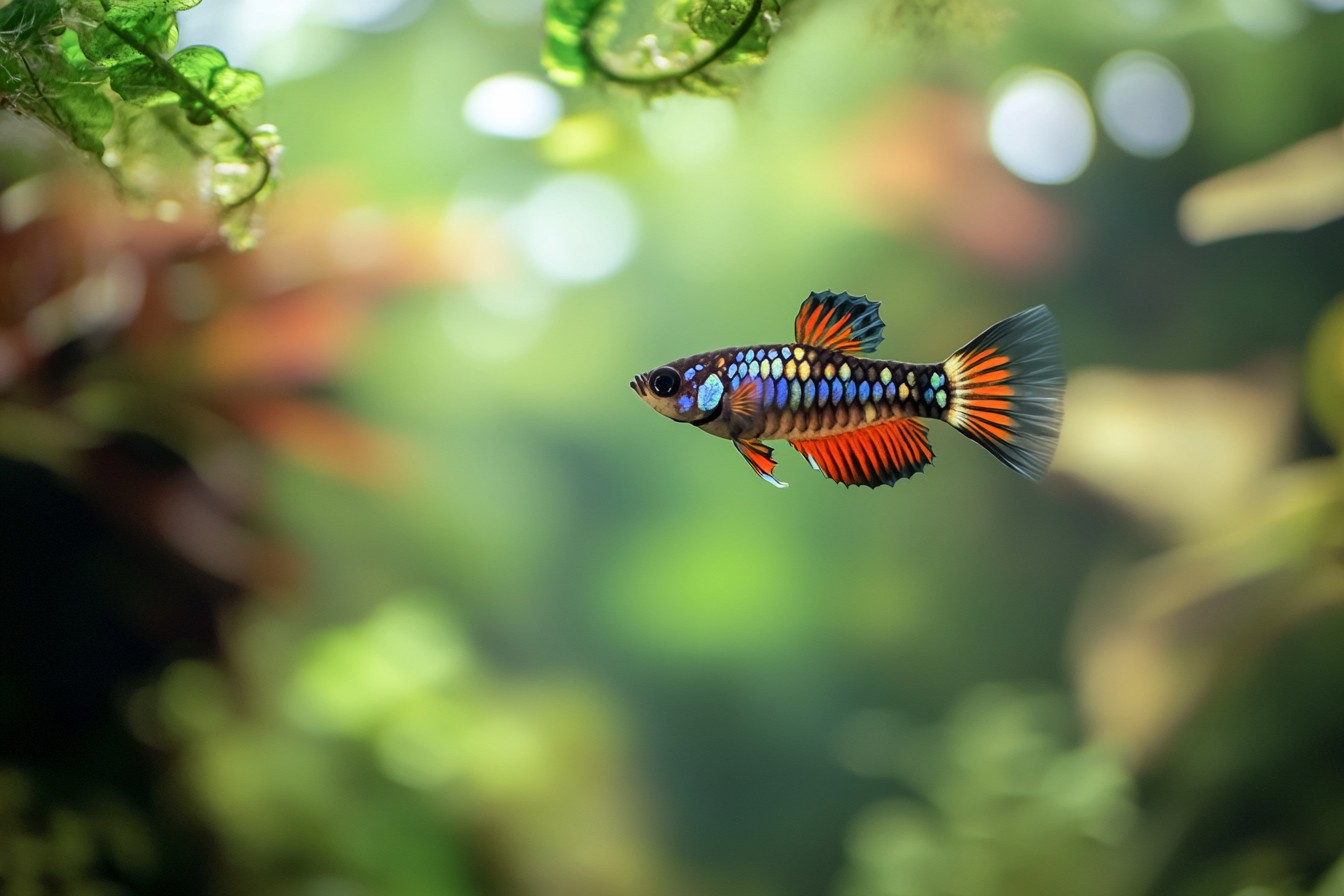
My carefully cultivated school of harlequin rasboras had been reduced by half, the survivors huddled in dense plant growth looking genuinely traumatized. The pearl gourami patrolled the tank with the swagger of a schoolyard bully, any trace of his initial shyness replaced by territorial aggression I hadn’t anticipated. I’d made a classic beginner’s mistake, despite having years of experience: I’d chosen fish based on aesthetic considerations rather than behavioral compatibility.
That expensive lesson taught me something crucial—the most beautiful aquascape in the world means nothing if the inhabitants are stressed, hiding, or attacking each other. Fish compatibility isn’t just a nice-to-have; it’s the foundation upon which the entire aquatic community stands. Get it wrong, and your underwater paradise quickly transforms into an underwater prison.
The conventional approach to fish compatibility revolves around simplistic temperature and pH ranges. “These species need water between 74-78°F and pH 6.8-7.2,” the guides proclaim, as if overlap in these parameters guarantees harmony. While these basic requirements matter, they barely scratch the surface of true compatibility.
I’ve seen species with identical water parameter needs tear each other apart within hours of introduction. Meanwhile, fish with supposedly different requirements sometimes coexist peacefully for years. The truth is far more complex and interesting.
Fish compatibility operates across multiple dimensions, and understanding them has transformed how I approach tank stocking. The most critical factors include territorial behavior, swimming zone preferences, feeding strategies, social structures, activity periods, and flow preferences. Overlook any of these, and you’re setting yourself up for trouble.
Territoriality varies dramatically between species and even individuals. Some fish defend fixed areas—a particular rock formation, a section of plants, sometimes the entire tank. Others establish shifting territories that expand and contract based on perceived threats.
My pearl gourami disaster stemmed from misunderstanding the territorial nature of male gouramis during breeding condition. I should have recognized the warning signs: his intensifying colors, increased patrolling behavior, and bubble nest construction in a corner of the tank. These weren’t signs of contentment but preparations for claiming territory.
Swimming zones offer another crucial compatibility dimension. In nature, fish distribute themselves vertically throughout the water column, each species occupying its preferred zone. Top-dwellers like hatchetfish rarely interact with bottom-dwellers like kuhli loaches.
Mid-water swimmers like tetras occupy the vast space in between. A well-designed community respects these natural tendencies, stocking appropriate species for each zone. Problems arise when too many species compete for the same zone or when territorial species attempt to control multiple levels.
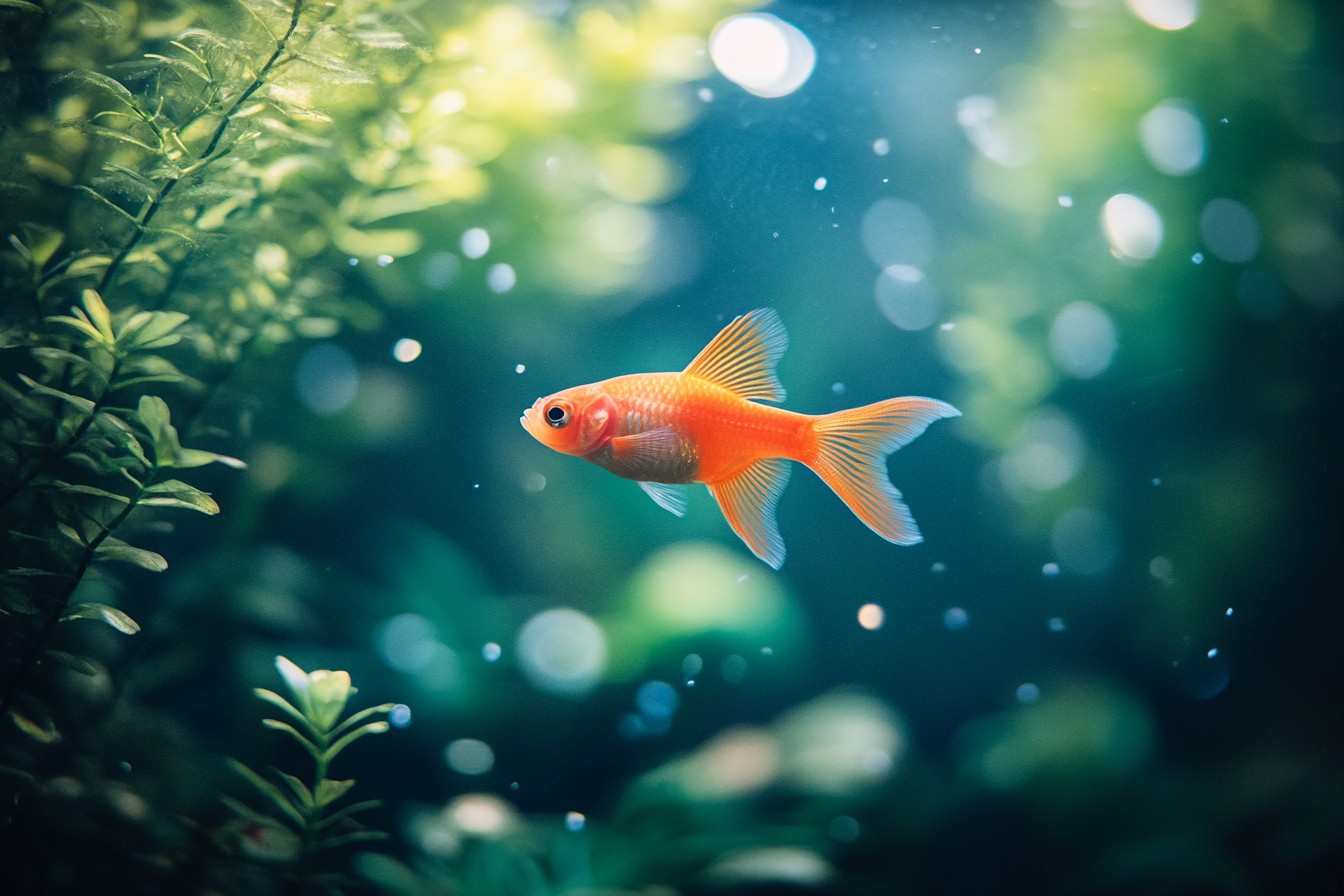
My 90-gallon community tank now deliberately incorporates species from every level. Marble hatchetfish patrol just below the surface, engaging in their peculiar sideways swimming displays. A mixed school of Ember and Black Neon tetras occupies the middle region, occasionally venturing upward but never staying long.
Corydoras sterbai forage along the bottom, their constant activity turning the substrate and preventing anaerobic spots. The vertical distribution creates natural spacing that reduces conflict. Feeding strategies present another potential flashpoint.
Aggressive feeders can outcompete slower species, leading to malnutrition even in tanks with plentiful food. I learned this watching my previously robust rummy-nose tetras gradually thin in a community dominated by Buenos Aires tetras. The solution wasn’t more food, which only worsened water quality, but separate feeding zones and methods.
I now target specific areas with different food types, ensuring even the shyest species get their share. Social structures vary tremendously across species. Some fish are natural schoolers, finding security in numbers and becoming stressed without enough conspecifics.
Others are pair-bonders, coupling off and sometimes becoming aggressive toward other pairs. Still others are solitary by nature, tolerating neighbors but never truly interacting with them. Failing to understand and accommodate these social needs creates chronic stress that manifests as disease susceptibility, color loss, and failed breeding attempts.
My most successful community tanks respect these social requirements. Schools contain at least 8-12 individuals of each species rather than the paltry groups of 3-5 that many hobbyists maintain. Pair-bonding species like kribs are introduced as established pairs with adequate territory for courtship.
Solitary fish receive the space they need without forcing unwanted interaction. The result looks and feels more natural precisely because it better mimics the social structures these species have evolved to expect. Activity periods represent an often-overlooked compatibility factor.
Most aquarium fish are diurnal, active during daylight hours and resting at night. But many popular species—particularly catfish and loaches—are naturally crepuscular or nocturnal, preferring to feed and socialize during dawn, dusk, or darkness. This natural separation reduces competition and stress.
Problems arise when nocturnal species are constantly disturbed by active diurnal tankmates, or when crepuscular hunters terrorize sleeping fish. I’ve embraced this dimension by deliberately stocking compatible species with different active periods. My rainbowfish display their most vibrant colors and active behaviors during bright daylight hours, gradually settling as evening approaches.
As they calm, the kuhli loaches emerge from their daytime hiding spots, beginning their fascinating social interactions and feeding behaviors. The staggered activity creates a tank that’s interesting throughout the day while allowing each species their natural rhythm. Flow preferences add another compatibility layer rarely mentioned in basic guides.
Some species, especially those from fast-moving streams, actively seek out high-flow areas and may suffer in stagnant conditions. Others, adapted to still waters or backwater environments, become stressed by constant current. In the same tank, these opposite requirements seem impossible to satisfy—yet through strategic aquascaping and equipment placement, multiple flow environments can coexist.
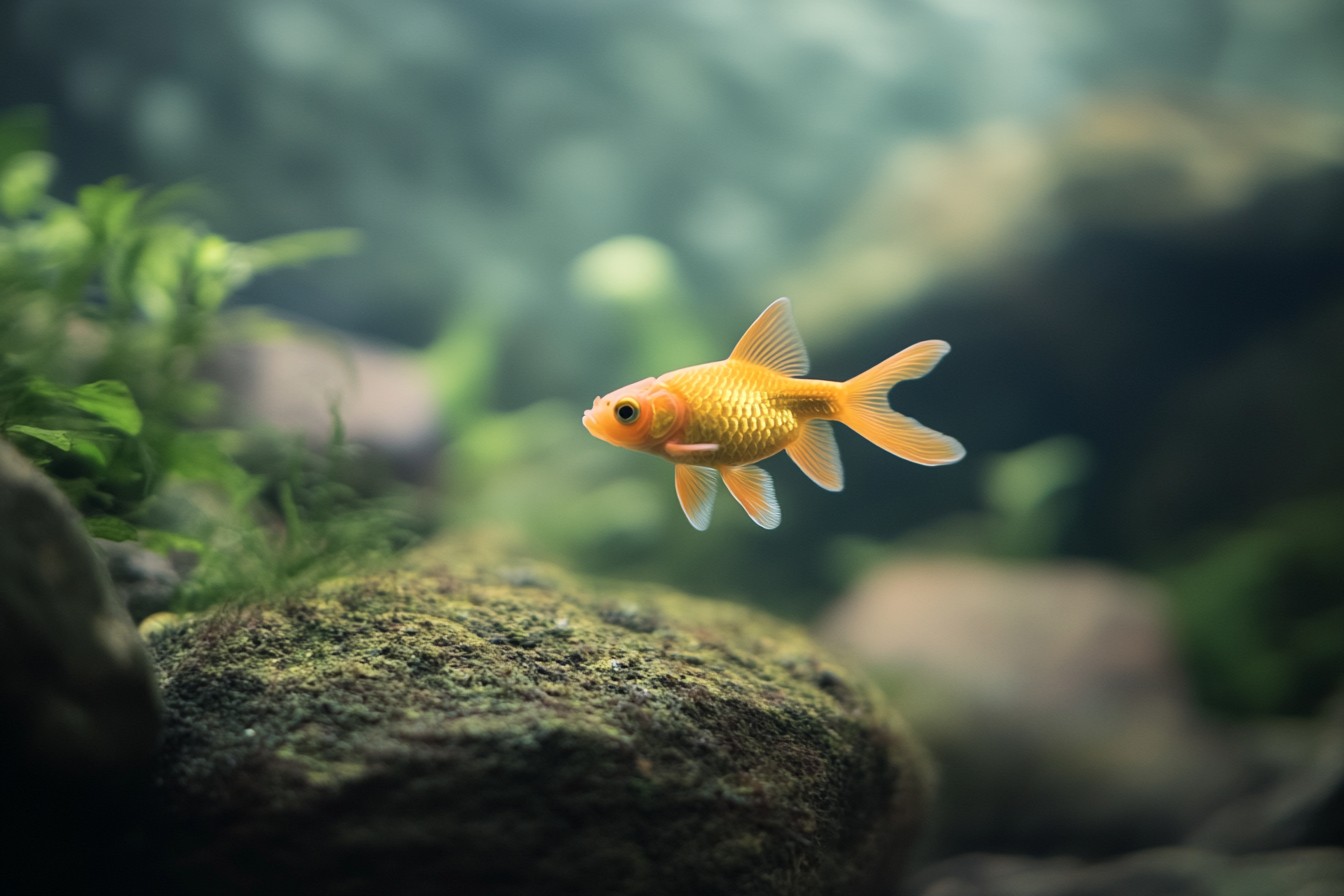
In my 120-gallon planted tank, careful hardscape placement creates distinct flow zones. The left side features stronger current created by strategically placed powerheads, housing species like hillstream loaches that require moving water to thrive. The right side, sheltered by driftwood and dense plantings, provides low-flow refuges where species like bettas and gouramis can relax their flowing fins.
The central region offers moderate flow where most community species congregate. This deliberate flow management ensures every fish can find its comfort zone. Size compatibility goes beyond the obvious “big fish eat little fish” concern.
Even similarly-sized species can be incompatible if their growth rates differ significantly. I once made the mistake of adding young angelfish to an established tetra community. For months, everything seemed fine—until the angels reached their adult size and suddenly viewed the previously “equal” tetras as potential snacks.
Now I stock with adult sizes in mind, not just current measurements. Perhaps the most underappreciated aspect of compatibility is individual personality. Within any species, significant behavioral variation exists between specimens.
Some neon tetras are bold explorers; others remain timid regardless of circumstance. Some bettas tolerate tankmates peacefully; others attack anything that moves. This variability means that sometimes, despite perfect planning, specific individuals simply won’t work in your community.
Recognizing and addressing these exceptions isn’t failure—it’s good fishkeeping. My approach to building communities now includes an observation quarantine period. Beyond checking for diseases, this time allows me to assess each fish’s individual temperament before introduction to the main display.
Fish showing exceptional aggression or extreme timidity may need alternative homes rather than forcing them into situations where they can’t thrive. This selective approach might seem excessive, but it dramatically increases long-term success rates. The introduction method itself significantly impacts community harmony.
Adding all species simultaneously often works better than the traditional approach of establishing “hardy” fish first, as it prevents any group from claiming the entire tank as territory. When adding to established tanks, temporarily rearranging hardscape disrupts existing territories, giving newcomers a chance to establish themselves. Subdued lighting and feeding distraction during introduction further reduces initial conflict.
My most peaceful community came together after completely breaking down and reconfiguring a 55-gallon setup that had devolved into constant territorial disputes. Rather than simply removing problem fish, I realized the entire social structure needed resetting. After redesigning the hardscape, I reintroduced all inhabitants simultaneously under minimal lighting.
The “fresh start” allowed natural territories to establish without the advantage of incumbency. Two years later, that community remains one of my most harmonious creations. Achieving true compatibility isn’t about following rigid stocking formulas or simply comparing water parameter charts.
It’s about understanding the multidimensional nature of fish behavior and creating environments where different species can express their natural tendencies without conflict. When done right, the result isn’t just the absence of aggression but the presence of something remarkable—an underwater community where each species displays its most natural behaviors, colors, and interactions. That disastrous pearl gourami taught me more than any successful tank ever could.
Fish aren’t decorative elements to be selected based on color coordination with your substrate. They’re living beings with complex needs and behaviors shaped by millions of years of evolution. Respect those needs, and your reward isn’t just a beautiful aquascape, but a true underwater ecosystem where both fish and observer can find something increasingly rare in our modern world—harmony.
